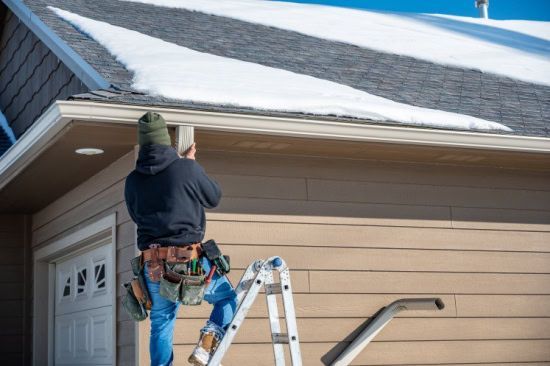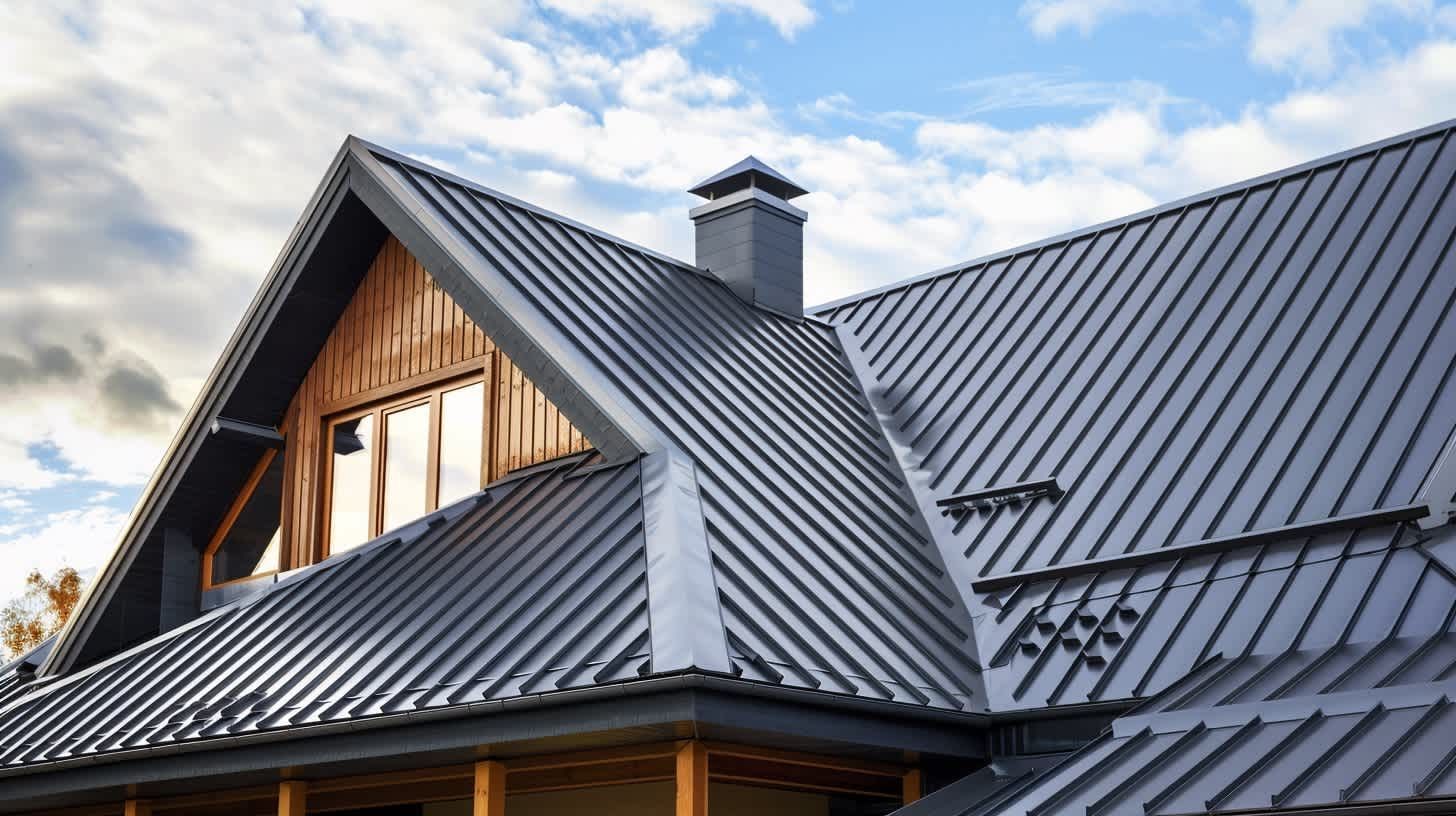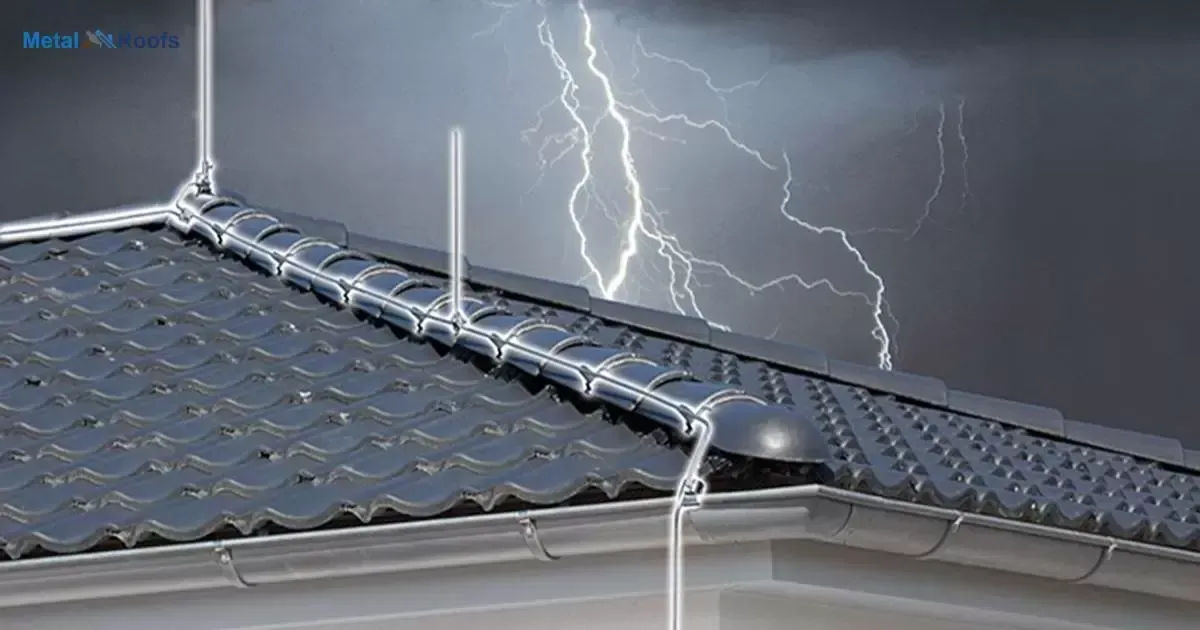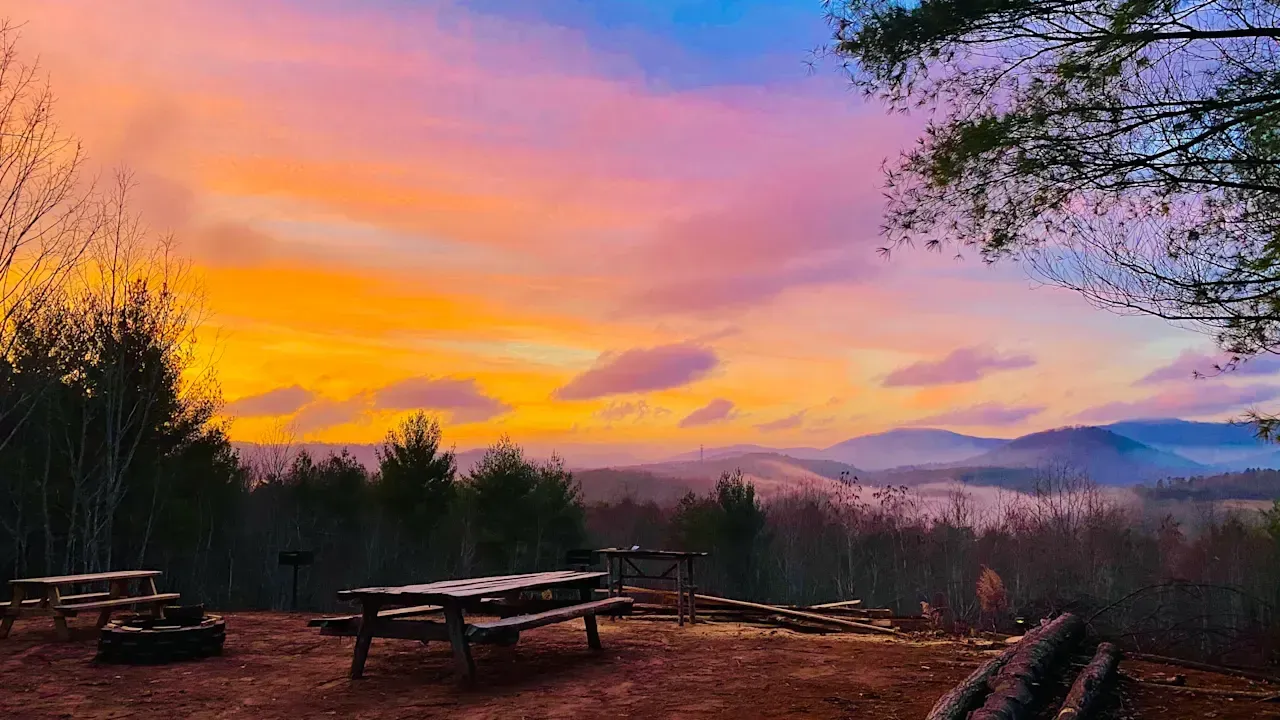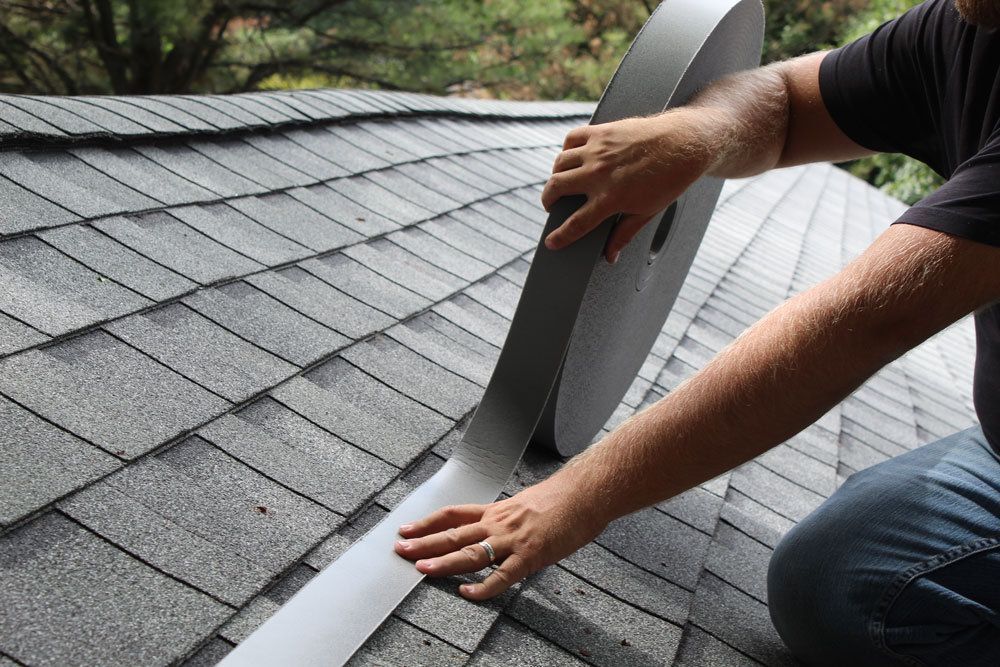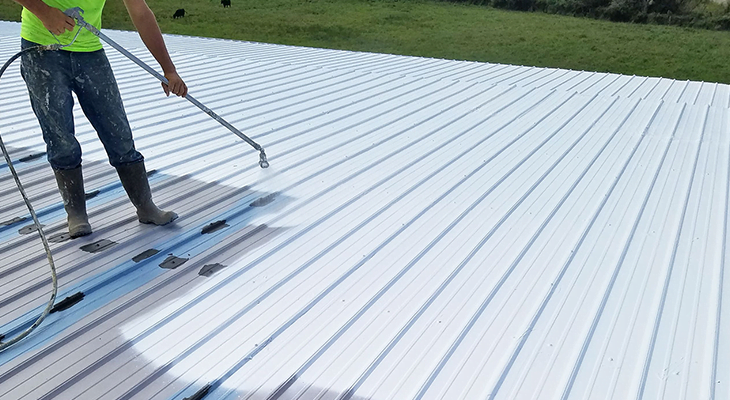Can You Install Shingles on Your Roof While It's Raining?
TLDR;
Technically, yes—you
can install shingles in the rain, but it’s strongly discouraged. Doing so risks poor adhesion, water damage, safety hazards, and warranty issues. Professional roofing contractors like
Birds Eye Roofing always recommend waiting for dry conditions.
Can You Install Shingles on Your Roof While It's Raining?
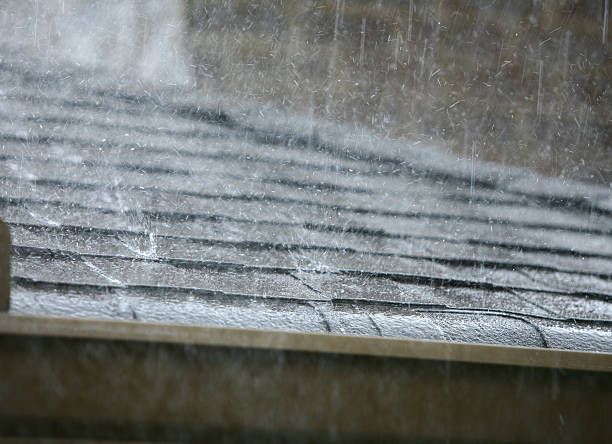
No, installing shingles while it's raining is a bad idea—full stop. The risks to your roof’s long-term durability, your contractor’s safety, and your investment aren’t worth it. At Birds Eye Roofing, we’ve seen firsthand the damage that rushed, rainy-day installations can cause. This guide will explain exactly why rain and roofing don’t mix and what to do if you're caught mid-project.
Let’s break it down by looking at the science, safety, regulations, and real-world strategies behind roofing in wet weather.
Why Weather Matters for Shingle Installation
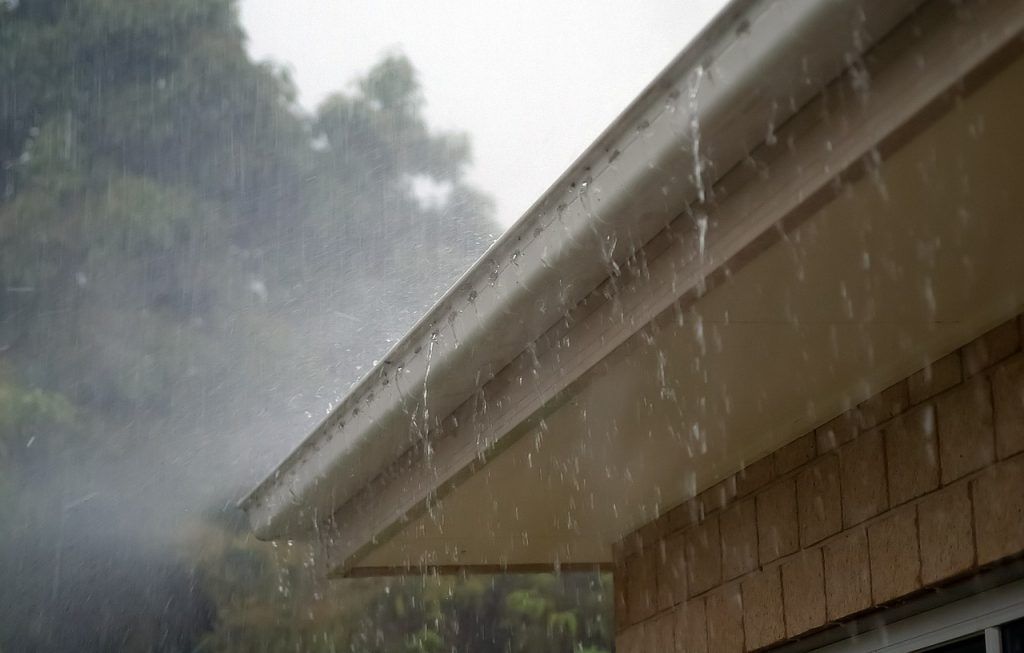
How Moisture Affects Shingles
Moisture is the enemy of proper roof installation. Here’s why:
- Poor Shingle Adhesion: Asphalt shingles rely on heat-activated adhesives. Rain disrupts this bond, leading to curling, sliding, or detachment.
- Trapped Moisture: Rain can get under the shingles or into the underlayment, which causes:
- Rotting deck boards
- Warping or swelling
- Mold and mildew issues
- Long-term Roof Leaks: Moisture under shingles may not show up right away, but it can slowly compromise the roof deck and insulation.
Manufacturer Installation Guidelines
Most roofing material manufacturers specifically warn against wet-weather installation.
- Warranties May Be Voided: Improper installation during rain can nullify the warranty.
- Guideline Snippet: GAF and Owens Corning state that shingles must be installed on dry, clean surfaces for proper sealing.
- Reasoning: These shingles are engineered for dry adhesion—wet surfaces interfere with the bonding process.
At
Birds Eye Roofing, we strictly follow manufacturer recommendations to ensure your roof is covered by full product warranties.
What Happens If You Install Shingles in the Rain?
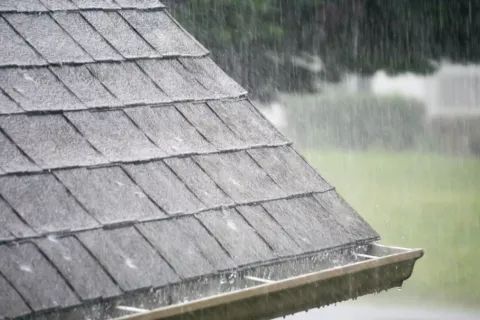
Safety Risks for Workers
Rain turns a roof into a dangerous workplace.
- Slippery Surfaces: Sloped wet roofs increase the risk of falls.
- Tool Handling Risks: Wet hands and power tools don’t mix.
- OSHA Safety Concerns: Rainy conditions heighten the chances of non-compliance with occupational safety standards.
No responsible contractor will risk their crew’s safety for the sake of staying on schedule.
Material Damage and Costly Repairs
Poor installation in rain can lead to:
- Improper Nailing: Wet decking can prevent nails from securing properly.
- Shingle Warping: Moisture causes swelling, wrinkling, and bubbling.
- Premature Roof Failure: You might face leaks or a full tear-off within a few years.
What To Do If Rain Starts Mid-Project
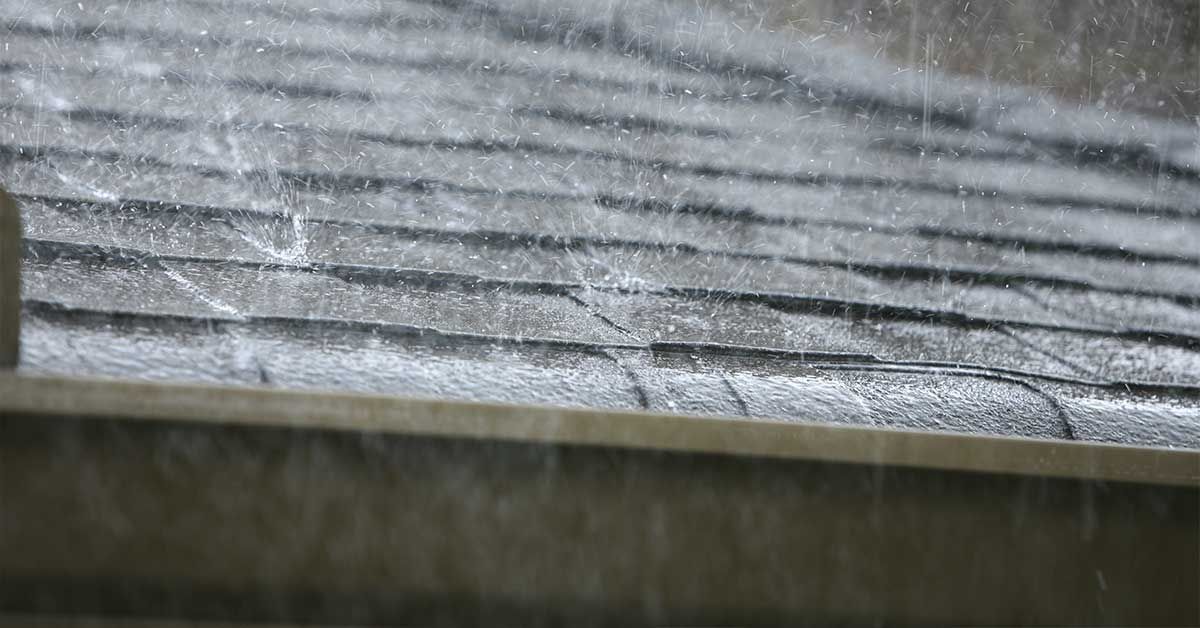
Immediate Protection Methods
If the skies open up mid-installation, here’s how professionals protect the roof:
- Cover With Tarps: Secure high-quality tarps over exposed areas.
- Apply Temporary Sealants: Use water-resistant compounds to protect nail penetrations.
- Cover in Stages: Roofers may temporarily finish a portion of the roof to keep water out.
Sectional or Staged Installation Strategies
We often use “dry-in” tactics to minimize risk when there’s a chance of rain:
- Work in Weather Windows: Track forecasts closely to install during dry breaks.
- Install Underlayment First: Water-resistant underlayment can be installed ahead of shingles to act as a moisture barrier.
- Staged Roofing Strategy: Prioritize critical sections and pause non-essential areas when weather shifts.
Regional and Seasonal Considerations

Roofing in Humid or Rainy Climates
Some regions are prone to rain nearly year-round, which makes scheduling harder:
- Florida, the Pacific Northwest, and Gulf Coast: Rainy seasons can extend for months.
- Strategy: Use fast-drying adhesives, schedule tighter weather windows, or plan in dryer seasons (fall and late spring).
In colder regions,
Winter Roof Installation may be a better seasonal alternative when dry days are more predictable, provided it’s done with proper cold-weather materials and expertise.
Local Building Codes and Weather Delays
Local regulations may restrict roofing during adverse conditions:
- Permitting May Require Dry Conditions: Some municipalities won’t issue final approvals if installation happened in the rain.
- Moisture Clauses: Local codes may mandate a moisture inspection before roofing resumes.
Always check with your local jurisdiction—or leave it to
Birds Eye Roofing to handle.
Expert Opinions and Alternatives
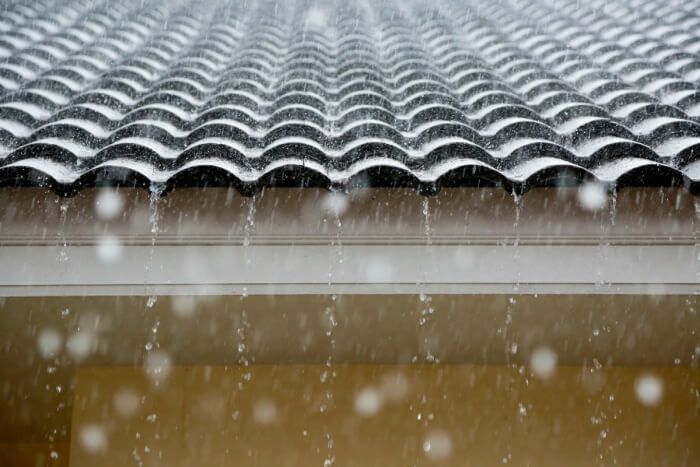
What Roofers Recommend
Professional roofers almost universally advise against wet-weather installation:
“You might save a day on the schedule, but you’ll lose years on the roof.”
— Lead Installer, Birds Eye Roofing
- Skilled Contractors Wait: Rainy day? Reschedule.
- Trained Eyes Spot Moisture Damage: If water gets in, we pause and assess.
Alternatives: Should You Reschedule?
Here’s when it’s best to postpone:
- Insurance Coverage Concerns: Your provider might deny future claims due to improper installation.
- Long-Term Durability: A day or two of delay can mean 20+ years of protection.
- Peace of Mind: You’ll know the job was done right—with zero shortcuts.
Common Myths About Rain and Roofing
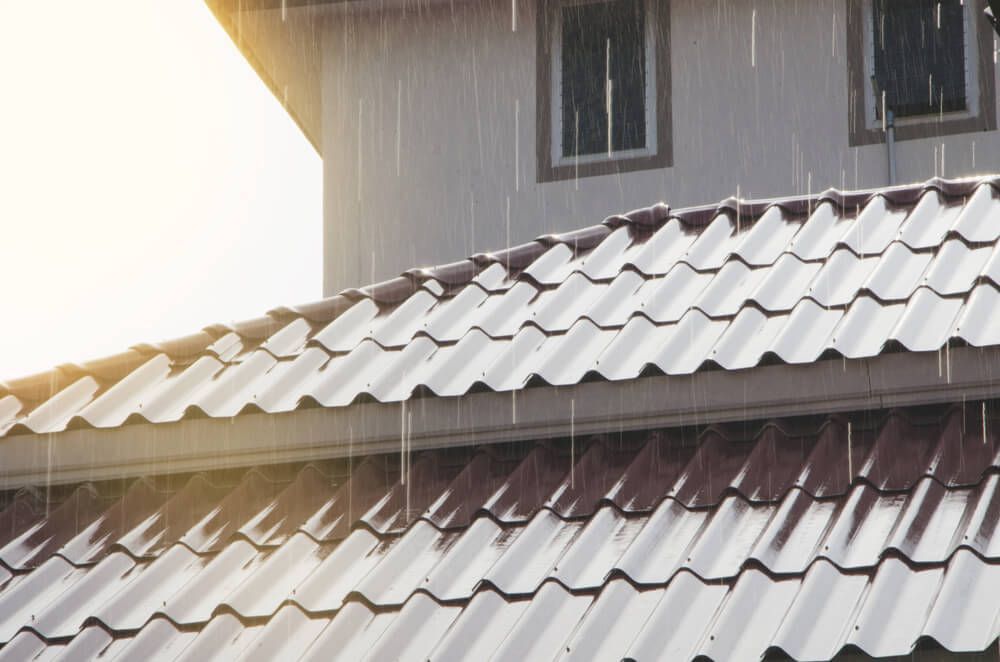
Some homeowners believe these common—but harmful—myths:
- “Shingles Are Waterproof, So What’s the Big Deal?”
Not during installation—they rely on dry surfaces and heat sealing.
- “A Little Drizzle Doesn’t Matter”
It absolutely does. Even light moisture compromises adhesion.
- “My Contractor Said It’s Fine”
A quality contractor won't take that risk. If they do—consider that a red flag.
Preventive Measures Before the Rain Hits
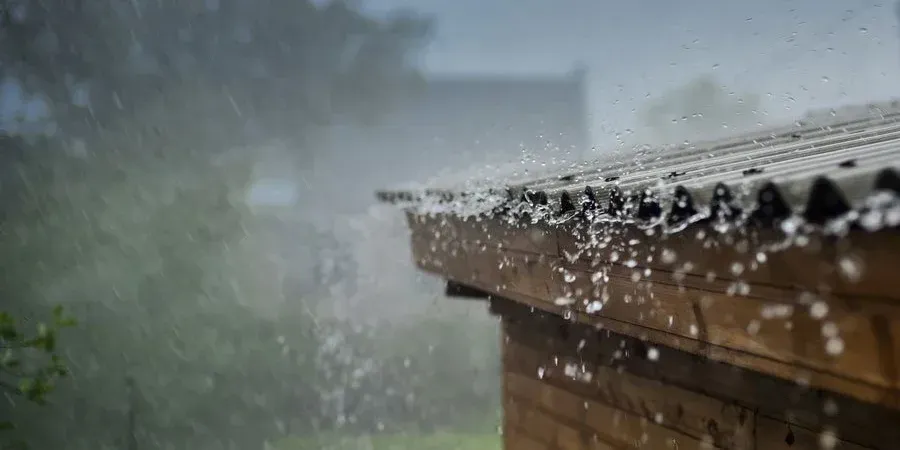
How to Prepare a Site for Surprise Rain
Smart prep can save a project:
- Cover the Decking Overnight: Especially if you’re mid-project.
- Install a Water Barrier: Apply synthetic underlayment before shingles.
- Schedule Based on Weather Projections: Avoid “50/50” forecast days.
What Insurance Might Cover
Rain-related damage during installation might be covered if:
- You Hire a Licensed and Insured Contractor
- There’s Clear Negligence: E.g., leaving exposed decking uncovered
- You Document Pre-Damage Conditions
Check with your provider—and make sure your roofer carries liability insurance like
Birds Eye Roofing does.
FAQs About Roofing and Rain
Can rain damage an unfinished roof?
Yes. Unprotected decking absorbs water quickly, which leads to warping and mold.
Can roofers work in light rain?
They can, but they shouldn’t. Even misty conditions affect adhesion and safety.
What’s the best time of year to install shingles?
Late spring through early fall, when temperatures are warm and dry—ideal for proper shingle bonding.
Should You Install Roof Shingles in the Rain?
Don’t do it.
Rain and roofing don’t mix—no matter how tight your schedule is.
- Risks: Water damage, poor adhesion, worker safety
- Downsides: Voided warranties, long-term repairs, insurance issues
- Better Solution: Wait for dry weather and hire a qualified pro
Birds Eye Roofing offers free inspections and weather-based scheduling to make sure your roof gets the installation it deserves.

